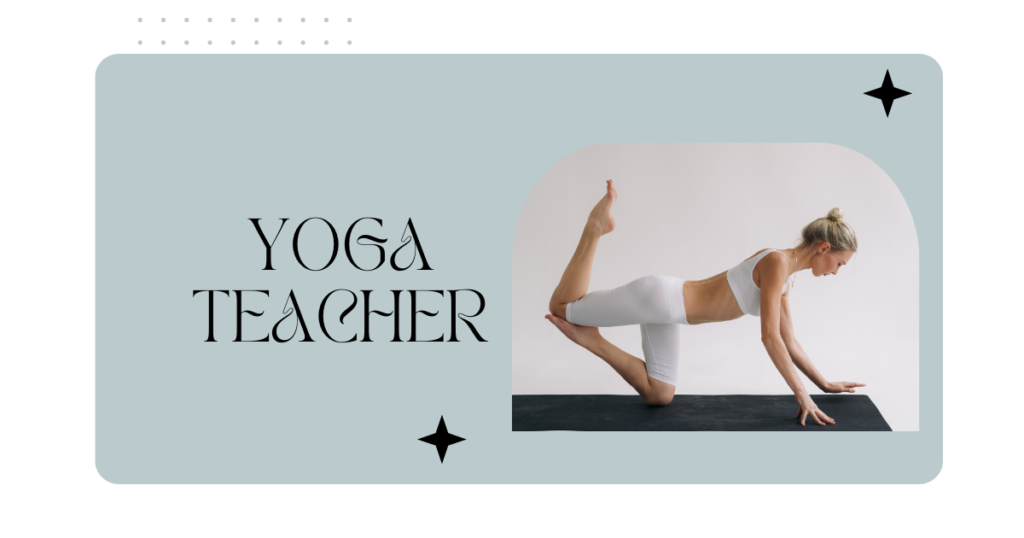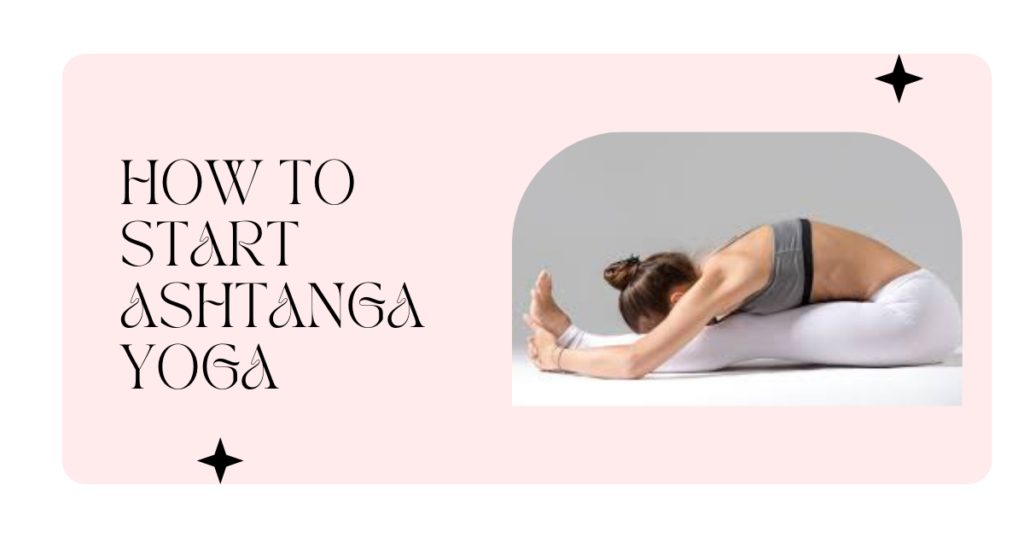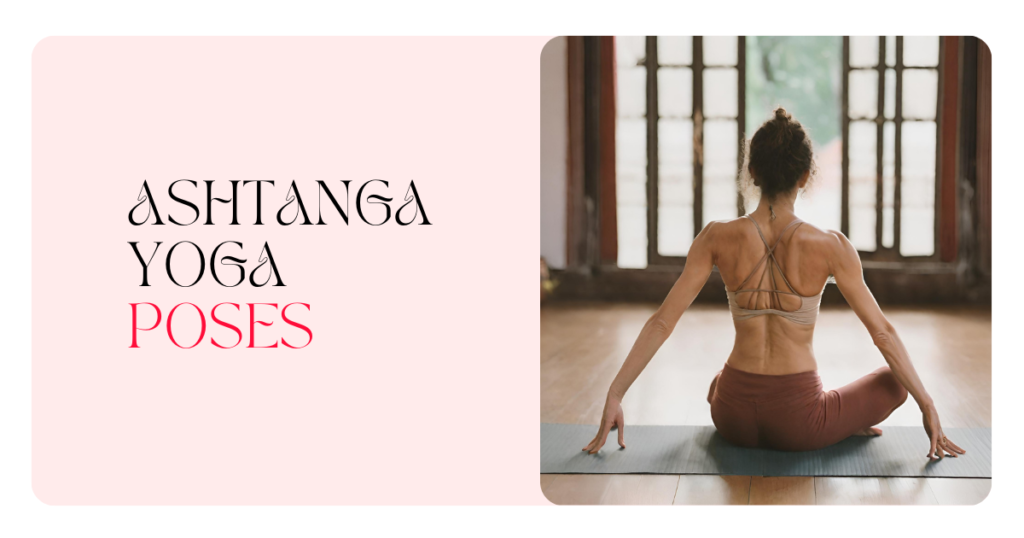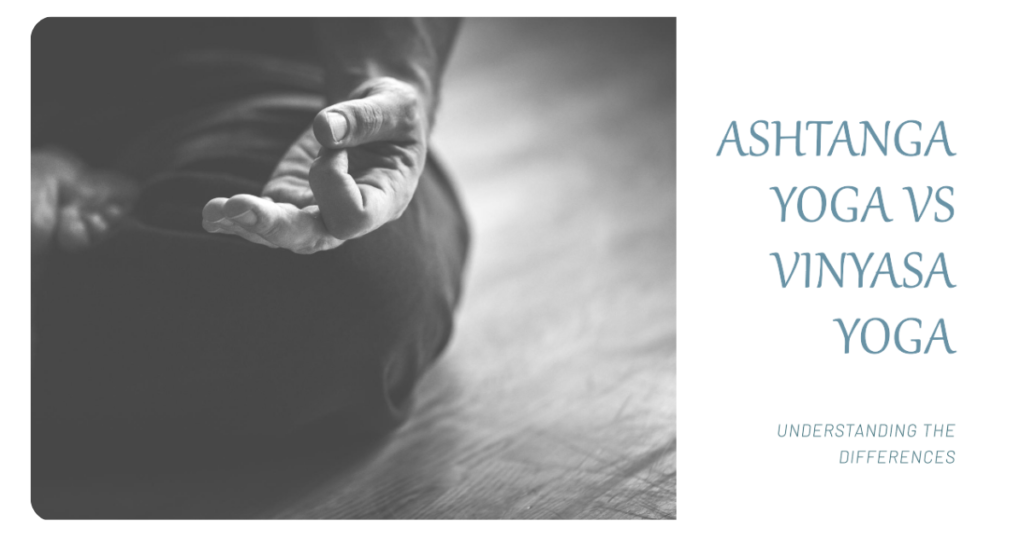
Introduction
Ashtanga yoga is a dynamic, physically demanding style of yoga that consists of a progressive series of postures linked together by precise movements of breathing. It is one of the most intense and challenging forms of yoga, requiring great strength, flexibility, and stamina. While Ashtanga may seem intimidating at first, this ancient practice offers a wide range of benefits for both the body and mind. “What is Ashtanga Yoga Good For”
In this comprehensive guide, we’ll explore what makes Ashtanga yoga so unique and beneficial, from the physical advantages it provides to the mental and emotional benefits it can cultivate. Whether you’re an experienced yogi or a curious beginner, understanding the power of Ashtanga can help you decide if this vigorous, traditional yoga style is right for you and your fitness goals.
Physical Benefits of Ashtanga Yoga
One of the primary advantages of Ashtanga yoga is its ability to provide a full-body workout that builds strength, flexibility, and stamina. The continuous flow of poses, combined with precise breathing techniques, creates a dynamic and challenging practice that engages every muscle group. Here are some of the key physical benefits of Ashtanga yoga:
With its emphasis on strength, flexibility, and endurance, Ashtanga yoga offers a comprehensive physical workout that can benefit practitioners of all levels. However, it’s essential to approach this practice with patience, proper guidance, and a willingness to progress gradually, as the intensity of Ashtanga yoga can be overwhelming for beginners.
In addition to the physical benefits, Ashtanga yoga also offers a range of mental and emotional advantages that can enhance overall well-being. In the next section, we’ll explore these aspects in detail. “How to Start Ashtanga Yoga: A Beginner’s Complete Guide”
Mental and Emotional Benefits of Ashtanga Yoga
While the physical benefits of Ashtanga yoga are undeniable, this practice also has a profound impact on mental and emotional health. The combination of physical exertion, controlled breathing, and present-moment awareness cultivates a state of mindfulness that can reduce stress, improve focus, and promote a sense of inner peace and calm.
By cultivating mindfulness, focus, and emotional resilience, Ashtanga yoga offers a powerful means of enhancing mental and emotional well-being. When combined with the physical benefits, this practice provides a holistic approach to overall health and personal growth.
How Ashtanga is Distinct From Other Yoga Styles
While Ashtanga shares some similarities with other forms of yoga, such as the use of postures (asanas) and breath control (pranayama), it is distinct in several key ways:
While the physical intensity and traditional approach of Ashtanga yoga may not appeal to everyone, it offers a unique and challenging experience for those seeking a structured, disciplined, and demanding yoga practice.
Is Ashtanga Yoga Right for You?
Given the intense and physically demanding nature of Ashtanga yoga, it’s important to carefully consider whether this practice is well-suited for your current fitness level, goals, and any pre-existing conditions or injuries.
- Who Can Benefit Most from Ashtanga’s Intensity?
- Individuals seeking a vigorous, full-body workout
- Those looking to build significant strength, flexibility, and endurance
- Experienced yoga practitioners seeking a challenging practice
- People with a high level of physical fitness and no major injuries or limitations
- Not Recommended for Certain Injuries/Conditions: While Ashtanga can be modified for many individuals, it may not be suitable for those with certain injuries or conditions, such as:
- Recent or chronic injuries to the back, knees, or shoulders
- High blood pressure or heart conditions
- Pregnancy (especially in the later stages)
- Severe arthritis or other joint conditions
- It’s always best to consult with a healthcare professional before starting any new, intense exercise program, especially if you have pre-existing conditions or limitations.
- Beginner Modifications and Progressions: For those new to Ashtanga yoga, it’s important to start slowly and work with a qualified instructor who can provide modifications and progressions. Some common modifications for beginners include:
- Using props (blocks, straps, blankets) to aid in proper alignment
- Holding poses for shorter durations
- Skipping or modifying challenging postures
- Practicing the Sun Salutations (Surya Namaskaras) separately before attempting the full series
- Finding a Qualified Ashtanga Teacher: Due to the precise nature of Ashtanga yoga and the potential for injury if practiced incorrectly, it’s crucial to find a qualified, experienced teacher who can guide you through the practice safely and effectively.
Look for instructors who have received extensive training in the Ashtanga tradition and have a deep understanding of the postures, breathing techniques, and philosophies involved. Authorized or certified Ashtanga teachers can provide the highest level of instruction and ensure you’re practicing correctly.
While Ashtanga yoga may not be suitable for everyone, those who are physically fit and seeking an intense, challenging practice may find it to be an incredibly rewarding and transformative experience. By starting slowly, working with a qualified teacher, and listening to your body, you can safely explore the many benefits of this traditional and demanding yoga style.
Sample Ashtanga Yoga Sequence
To give you a better understanding of what an Ashtanga yoga practice entails, let’s explore a sample sequence from the Primary Series, which is the foundational series for beginners:
Throughout the sequence, practitioners are guided by their ujjayi breath, a deep, audible breathing technique that helps to maintain focus and regulate the body’s energy. The postures are linked together with vinyasas, which are flowing transitions that create a continuous, dance-like movement.
It’s important to note that the Primary Series is just the beginning of the Ashtanga practice, and as practitioners progress, they may move on to the more advanced Intermediate and Advanced Series, which introduce even more challenging postures and sequences.
While the Ashtanga yoga sequences may seem daunting at first, they are designed to be learned and practiced gradually, with the guidance of a qualified teacher. By approaching the practice with patience, dedication, and a willingness to learn, practitioners can experience the profound physical, mental, and emotional benefits that Ashtanga yoga has to offer.
Complementary Practices
While the physical practice of Ashtanga yoga is the cornerstone of this tradition, it is often complemented by other practices that can enhance the overall experience and deepen one’s understanding of the yogic philosophy.
- Meditation: In the Ashtanga tradition, meditation is often practiced before or after the physical asana practice. This can help to calm the mind, reduce stress and anxiety, and cultivate a sense of inner peace and clarity.
As explained in an article from Ashtanga Yoga Shala, meditation is a crucial aspect of the eight-limbed path of yoga, as outlined in the Yoga Sutras of Patanjali, and is an essential complement to physical practice. - Chanting: Many Ashtanga yoga classes begin with chanting, which can involve reciting mantras, verses from ancient texts, or invocations to the Hindu deities. This practice is believed to have a calming and purifying effect on the mind and body, preparing practitioners for their physical practice.
According to Yoga Journal, chanting is an integral part of the Ashtanga tradition and can help to foster a deeper connection to the spiritual aspects of the practice. - The Eight Limbs of Ashtanga Yoga Philosophy: While the physical practice of Ashtanga yoga is often the primary focus, it is just one aspect of the broader Ashtanga philosophy, which encompasses eight limbs or principles:
- Yama (ethical disciplines)
- Niyama (self-disciplines)
- Asana (physical postures)
- Pranayama (breath control)
- Pratyahara (sense withdrawal)
- Dharana (concentration)
- Dhyana (meditation)
- Samadhi (enlightenment)
- By studying and integrating these eight limbs into their practice, Ashtanga yoga practitioners can deepen their understanding of the philosophy and cultivate a more holistic approach to their personal growth and spiritual development.
- The Role of a Vegetarian, Yogic Diet: While not a strict requirement, many Ashtanga practitioners adopt a vegetarian or plant-based diet, which is believed to support the practice by promoting physical and mental clarity, as well as non-violence (ahimsa) towards living beings.
As noted in an article from Yoga Basics, a yogic diet can help to balance the body’s energy and support the physical and spiritual aspects of the Ashtanga practice.
By incorporating these complementary practices into their routine, Ashtanga yoga practitioners can deepen their understanding and experience of this ancient tradition, cultivating a more holistic approach to physical, mental, and spiritual well-being.
Conclusion
Ashtanga yoga is a powerful and transformative practice that offers a wide range of physical, mental, and emotional benefits. From building strength, flexibility, and endurance to reducing stress, improving focus, and cultivating inner peace, this demanding yet rewarding yoga style can profoundly impact overall well-being.
While the intensity of Ashtanga yoga may seem intimidating at first, its structured and progressive approach allows practitioners to gradually build their skills and confidence, working towards mastery of the challenging postures and sequences.
By committing to a regular Ashtanga practice, working with a qualified teacher, and incorporating complementary practices such as meditation and chanting, individuals can experience the full depth and richness of this ancient tradition.
Whether you’re seeking a physically demanding workout, a means of reducing stress and anxiety, or a path towards personal growth and spiritual development, Ashtanga yoga offers a unique and transformative opportunity to explore the depths of your physical and mental capabilities.
So, if you’re ready to embrace the challenge and reap the rewards of this powerful practice, consider giving Ashtanga yoga a try. With dedication, patience, and an open mind, you may just discover a new level of strength, focus, and inner peace that will positively impact every aspect of your life.















